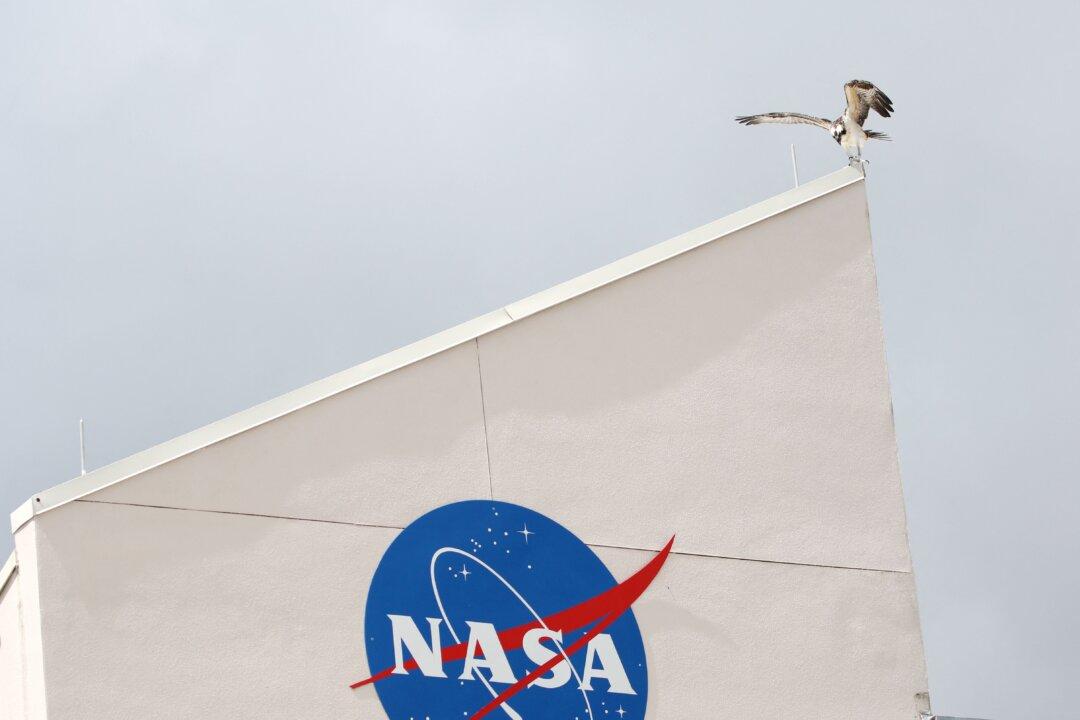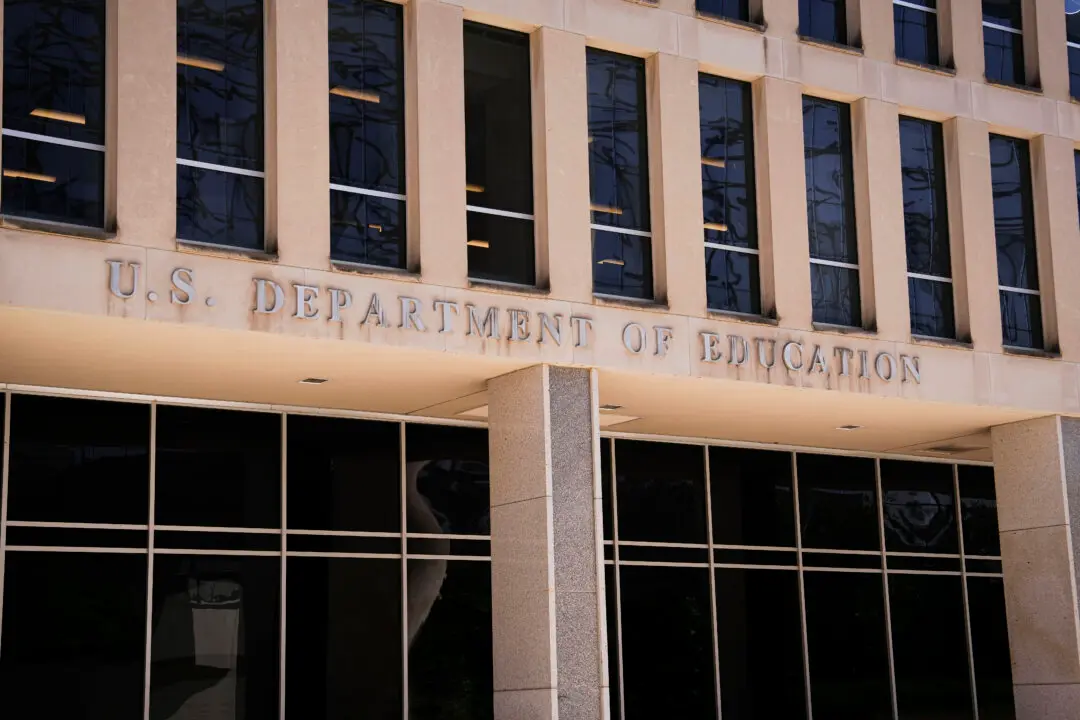The pipeline supplying water to Grand Canyon National Park has failed after a series of breaks, making it impossible for the popular tourist destination to accommodate overnight guests during its peak season.
No water is being pumped to either the South or North Rims of the canyon’s 1,904 square mile expanse, the National Park Service (NPS) announced on Aug. 28, and water supplies are low. Hotels in the park, which are typically at full capacity around the Labor Day weekend, have temporarily closed their overnight accommodations starting Aug. 29.





